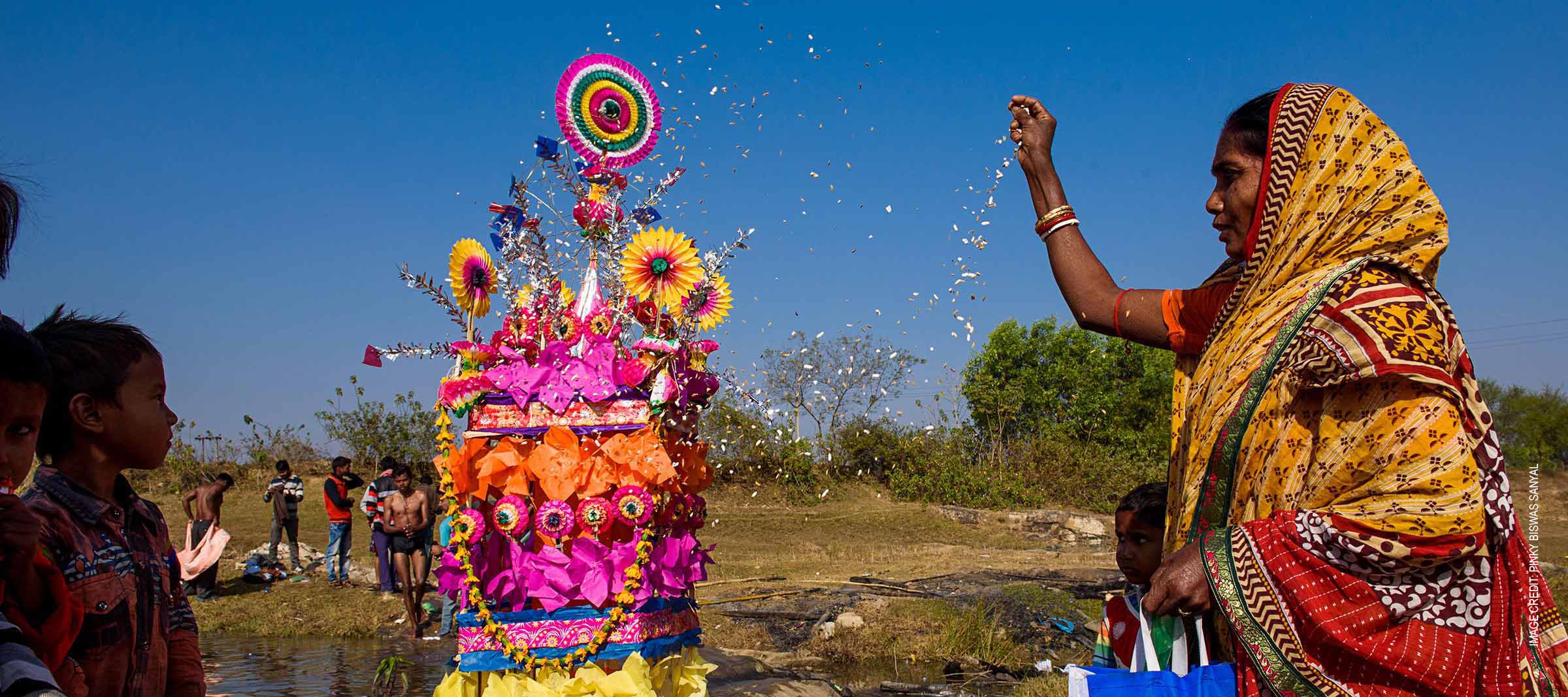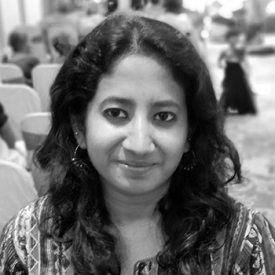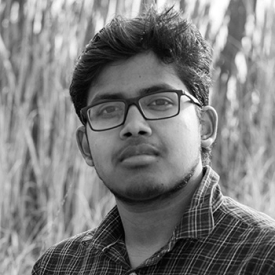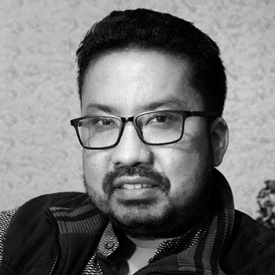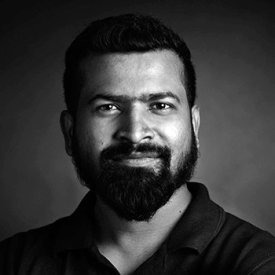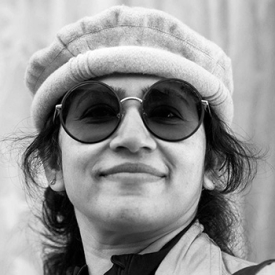The 2019 Frames Photography Grants covered a broad range of subjects. Stories were made on human migrations, like the semi-nomadic Gadariya pastoralists, the Karens of Andaman Islands and the Changpas of Ladakh, and various craftsman communities like the Kumbhars, Sankharis and Pashmina weavers. Diversifying our focus towards minority religious groups, we covered the Jain pilgrimage to Shatrunjaya Hill, Sanamahi religion of Manipur, and Parsis of Navsari. Declining professions, like handpulled rickshaws, Irani Cafes, and salt pan workers also find a place in our stories in 2019. For the first time we traced the course of a river, the Jhelum, as it flows through Kashmir. For their documentation work, our Grantees travelled to all corners of South Asia, from Imphal in Manipur, to the Andaman Islands, and to remote Sickles village in the Himalayas of western Nepal. For their research work, they cohabited with communities to directly understand the challenges they face to keep their culture alive and relevant in modern times. Listed below, in brief, are the 2019 Frames Grantees, their projects and link to their published work:
